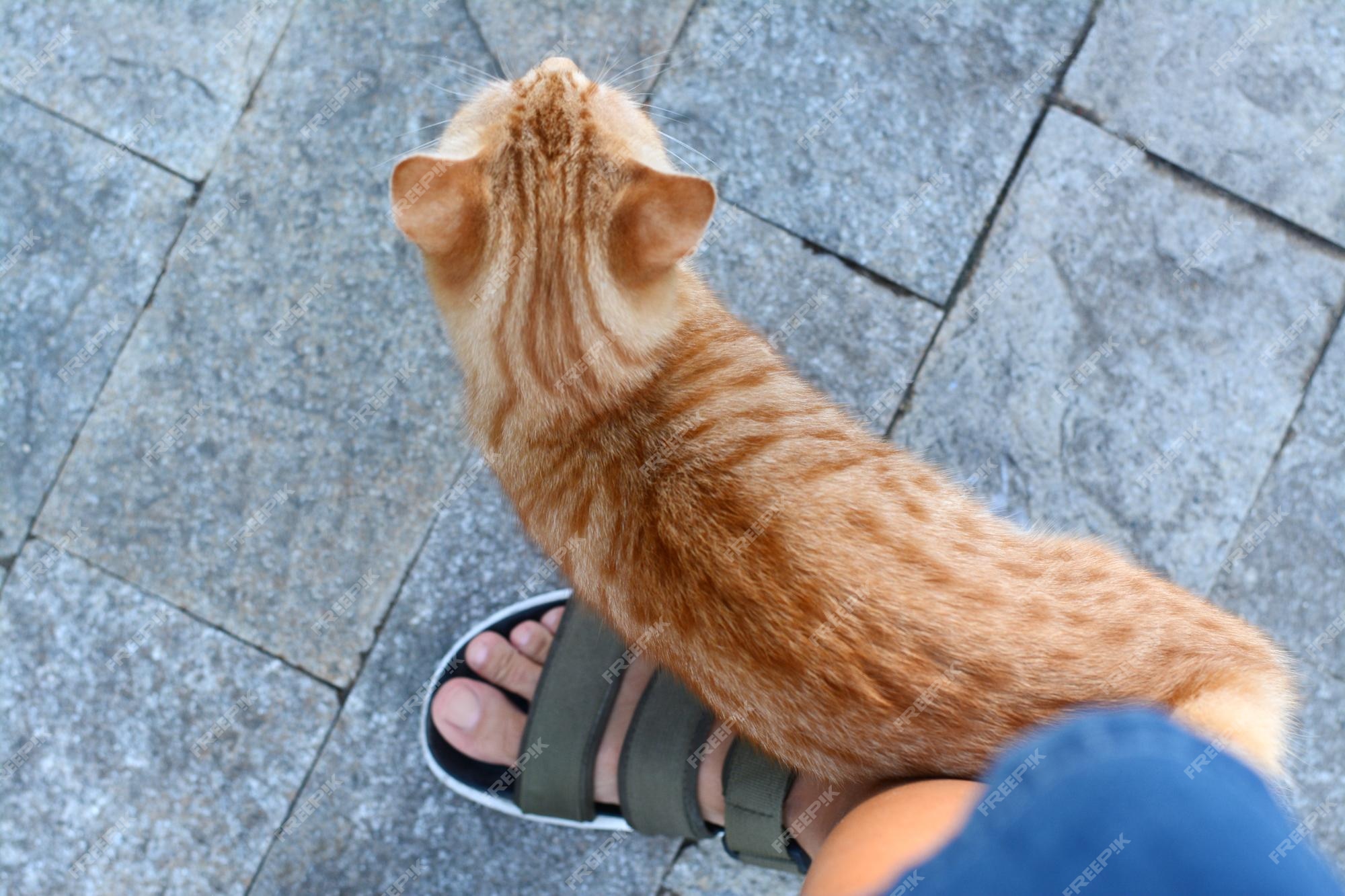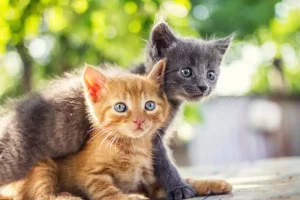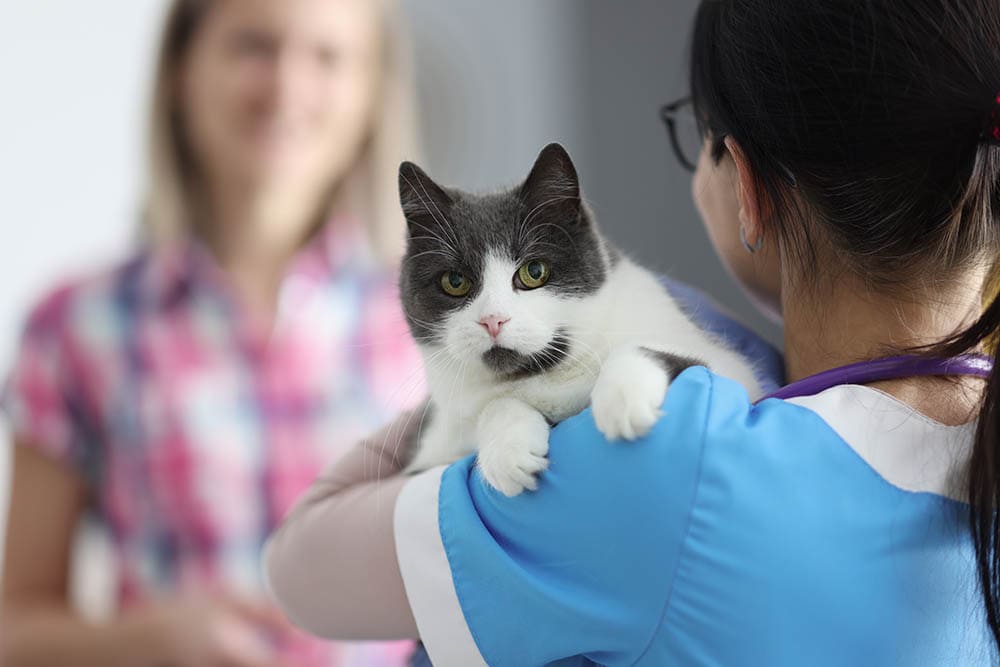
Cats are fascinating creatures with a variety of unique behaviors. One of the most common and endearing behaviors that cats exhibit is rubbing their heads against their owner’s feet. This behavior may seem strange to some, but it is actually a natural instinct for cats. In this article, we will explore the reasons why cats engage in this behavior and what it signifies.
The Bonding Process
When a cat rubs its head against its owner’s feet, it is often a sign of affection and a way for the cat to bond with its owner. Cats have scent glands located on their heads, specifically around their cheeks and the base of their tails. These glands produce a pheromone that is unique to each cat. By rubbing their heads against their owner’s feet, cats are transferring their scent onto their owner, effectively marking them as a part of their territory.
This behavior is similar to how cats rub their heads against furniture or other objects in their environment. It is their way of claiming ownership and creating a sense of familiarity and security. By marking their owner in this way, cats are essentially saying, “You belong to me, and I belong to you.”
Communication and Social Interaction

In addition to bonding, head rubbing is also a form of communication for cats. When a cat rubs its head against its owner’s feet, it is conveying various messages. One message is a greeting. Cats have scent receptors located in their noses that are highly sensitive to pheromones. By rubbing their heads against their owner’s feet, cats are not only leaving behind their scent but also picking up the owner’s scent. This exchange of scents helps cats recognize their owner and reinforces the bond between them.
Another message that cats communicate through head rubbing is a sign of trust and acceptance. Cats are generally cautious creatures, and they use body language and scent to gauge their comfort level with others. By allowing their owner to touch their heads and rub against them, cats are showing that they trust and feel secure with their owner’s presence.
Marking Territory
Cats are territorial animals, and marking their territory is an important instinctive behavior. When a cat rubs its head against its owner’s feet, it is not only marking the owner as part of its territory but also marking the surrounding environment. The scent left behind by the cat’s head rubbing acts as a territorial marker, signaling to other animals that this space is claimed.
This behavior is particularly common in multi-cat households, where cats may rub against their owners to establish their dominance and assert their territory. By rubbing against their owner’s feet, cats are essentially leaving their mark, ensuring that their presence is known and respected by other cats in the household.
Comfort and Affection

Aside from communication and marking territory, head rubbing is also a way for cats to seek comfort and show affection. Cats have scent glands in their heads that release endorphins when stimulated. By rubbing their heads against their owner’s feet, cats experience a pleasurable sensation and may seek this interaction as a form of relaxation and stress relief.
Furthermore, head rubbing is often accompanied by purring, another sign of contentment and affection in cats. When a cat rubs its head against its owner’s feet while purring, it is a clear indication that the cat is happy and enjoying the interaction.
Understanding Your Cats’s Behavior
While head rubbing is a natural behavior for cats, it is important to understand that not all cats engage in this behavior. Some cats may prefer other forms of communication and may show affection in different ways. It is essential to observe your cat’s body language and individual preferences to truly understand their behavior and establish a strong bond.
Additionally, it is crucial to be mindful of your cat’s comfort and boundaries. While head rubbing is generally a positive behavior, some cats may become overstimulated or anxious if they feel pressured or crowded. Always allow your cat to initiate and control the level of interaction, and respect their personal space.

Conclusion
Cats are incredible creatures with their unique ways of communicating and forming bonds with their owners. Head rubbing is a behavior that is prevalent among cats and serves multiple purposes, including bonding, communication, marking territory, and seeking comfort and affection. By understanding and appreciating this behavior, we can deepen our connection with our feline companions and provide them with the love and care they deserve.
Remember, each cat is an individual, and their preferences and behaviors may vary. Pay attention to your cat’s cues and body language, and always seek to establish a relationship based on trust, respect, and understanding. Enjoy the special moments of head rubbing, as they are a testament to the strong bond between you and your cat.